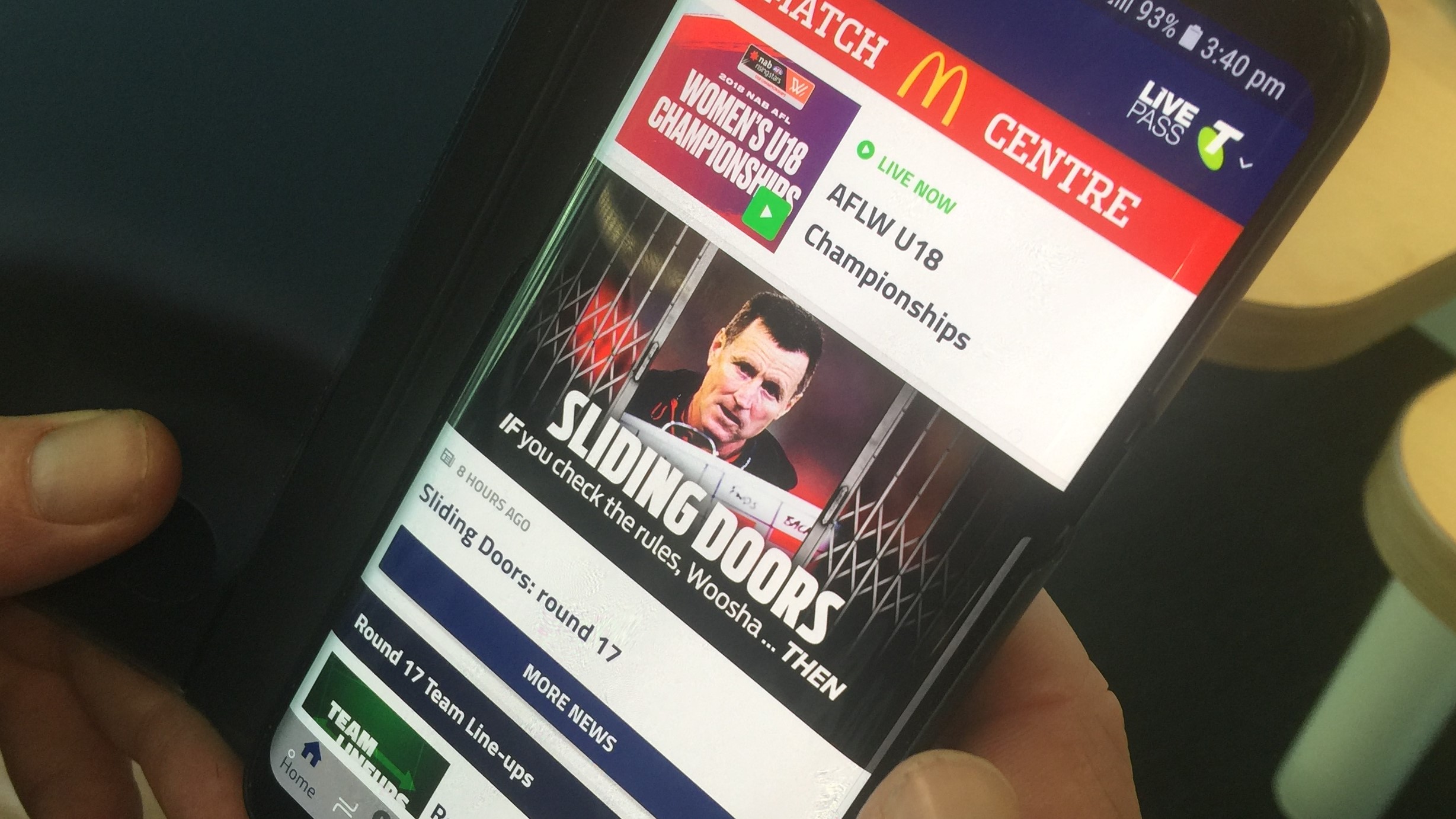Telstra has enabled LTE-Broadcast (LTE-B) on its network to ensure that all of its live sports broadcasts can be received smoothly by a large number of people.
For now, it has enabled LTE-B in its AFL Live Official app, with plans to roll it out to other Telstra live streaming apps.
Currently, the only phones on the Telstra network that support LTE-B are the Samsung Galaxy S8 and S9, though other phones can continue to receive live AFL games through traditional unicast models.
The technology should help Telstra avoid making the same mistakes as Optus did during the Football World Cup, where high demand for mobile streams overwhelmed the capacity of the network.
During the launch of the technology, Telstra took a sly swipe at its competitor.
“As recent major sporting events around the world have shown, meeting the massive peaks in demand for live sporting content takes extensive end-to-end network design combined with careful network management and strategic investments,” said Telstra Group Managing Director Networks, Mike Wright.
According to Telstra, the introduction of the technology is a necessary step as its live mobile broadcasts are taking up more and more of the network’s bandwidth.
It said that the weekend traffic on the AFL Live Official app has tripled since 2016, peaking this year at 143 gigabits per second, which “would represent the entire network capacity of some wireless networks in the world,” noted Wright.
“We are now streaming live sports content to a massive base of around 1.2 million devices, and sports fans consume 37 million minutes of live content over our apps on any given weekend. This season we’ve seen an overall 58 per cent increase in customers streaming games. In some instances, more than twice the number of customers have streamed, compared to the same clash last year,” said Wright.
How LTE-B works
Instead of the typical unicast model, where each individual device on the network gets its own data stream, LTE-B (also known as Multimedia Broadcast Multicast Service) employs multicasting, allowing multiple users to access a single stream.
For example, in a unicasting scenario, three mobile users watching a 2mbps stream in a single cell would require a total of 6mbps of mobile bandwidth.
With multicasting, a single 2mbps stream would be all that was needed, as all three users would get the same stream.
That allows the broadcast to scale almost infinitely – 100 users would take the same amount of mobile bandwidth as one.
Telstra’s LTE-B technology also supports Multicast Operation on Demand (MooD), a system that dynamically switches users between multicast and unicast and prunes cell towers from the broadcast if there is nobody on that cell watching.
Of course, multicasting only works in situations where all the users want the exact same stream; for example, in a live sports streaming scenario.
It can also be used for things like distributing software updates and one-to-many push-to-talk (walkie-talkie) style applications.
Most online video services (Netflix and YouTube for instance) work on-demand, with people watching different streams at different times – for those, unicasting will remain the dominant model.
For a mobile to receive an LTE-B stream, they need to support the technology; otherwise they will receive a unicast stream.
The number of phones that do right now is limited, with the Telstra service only currently working with Samsung Galaxy S8 and S9 phones.









